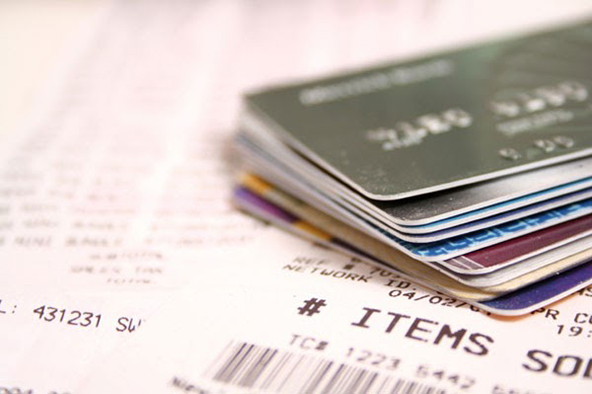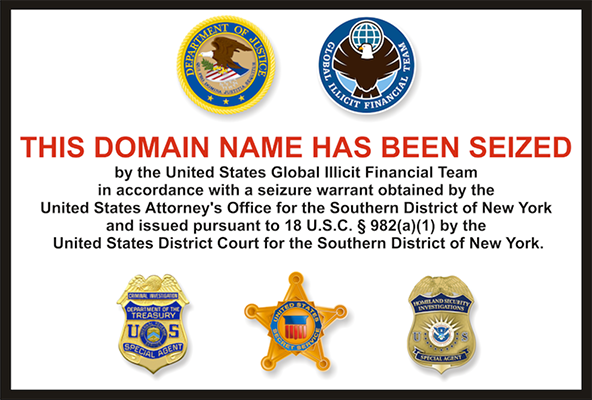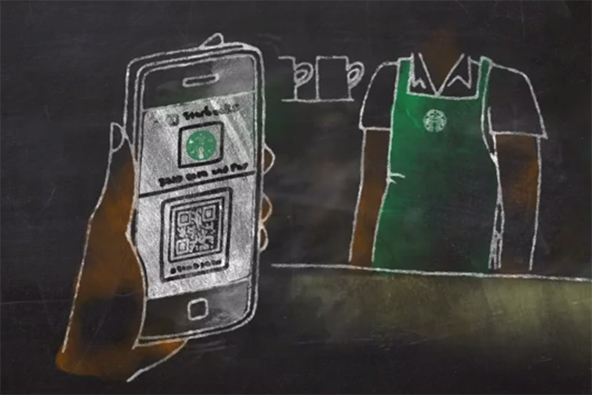Why Every Merchant Should Pay Attention to Their Credit Card Receipts

We have written about credit card receipts in multiple articles on this blog in the past, however a recent episode involving one of our merchants has reminded us of the importance of the subject and prompted us to re-open the topic.
The Story
The merchant at issue, who will have to remain anonymous, had just signed up with us, switching from a competitor. It is a small furniture retailer, doing about $150,000 in revenues per month from brick-and-mortar operations. The merchant’s average sales amount was about $650, so they had about 230 sales transactions per month.
The first month they had two disputes from customers who claimed that the merchant had not honored their return policy and had not issued a credit. One of the disputes resulted in a chargeback. The second month there were five disputes, again involving refund issues and this time three of them resulted in chargebacks. This is when the merchant’s problems began.
The Issue
Merchants with a higher average ticket amount fall into a special risk category, even if they accept payments in a face-to-face setting. The reason is that their transaction count is typically fairly low and even a small number of chargebacks can quickly get them into trouble with their processor. This is exactly what happened with our merchant.
Visa and MasterCard require processors to ensure that merchants keep their chargeback rates at below one percent. Processors are very strict in enforcing this requirement, because they get penalized when merchants exceed that threshold. So strict, in fact, that often merchant accounts get suspended when the chargeback rate reaches one half of one percent.
In the case of our merchant, their chargeback rate for the second month was 1.3%. This was an unacceptably high level, even though they only had three chargebacks.
The Cause
We initiated a review of our merchant’s sales and payment processing procedures and didn’t see anything out of the ordinary, until we reviewed their sales receipts. They had provided all the required information on the front of the receipts and the return policy was on the back of it, which is perfectly fine. However, there were two issues that we identified:
- The main problem was that the merchant had recently changed their return policy from unconditional credit (refund) to store credit and had failed to update the policy printed on the back of the transaction receipts.
- The other issue was that the merchant did not require customers to accept the terms of the credit policy by signing, or at least initialing, the back of the receipt.
Customers were right when they were requesting a full refund for returns, rather than a store credit, even though the latter was the merchant’s current policy.
The Credit Card Processing Takeaway
The merchant updated their receipts to reflect the current refund policy and customers are now required to acknowledge acceptance of the policy’s terms by initialing the back of the receipt. It’s been three months since then and they’ve only had one chargeback, caused by an unrelated issue.
So the problem was resolved, even though the merchant chose to ignore our suggestion and reinstate their unconditional credit policy, which we believe is the most customer-friendly one.
Take a look at your own policies and make sure they are up to date everywhere they are displayed. Then make sure that you require customers to agree to your policies, before completing a transaction. You just may spare yourself a headache down the road.
Image credit: Newsone.com.


